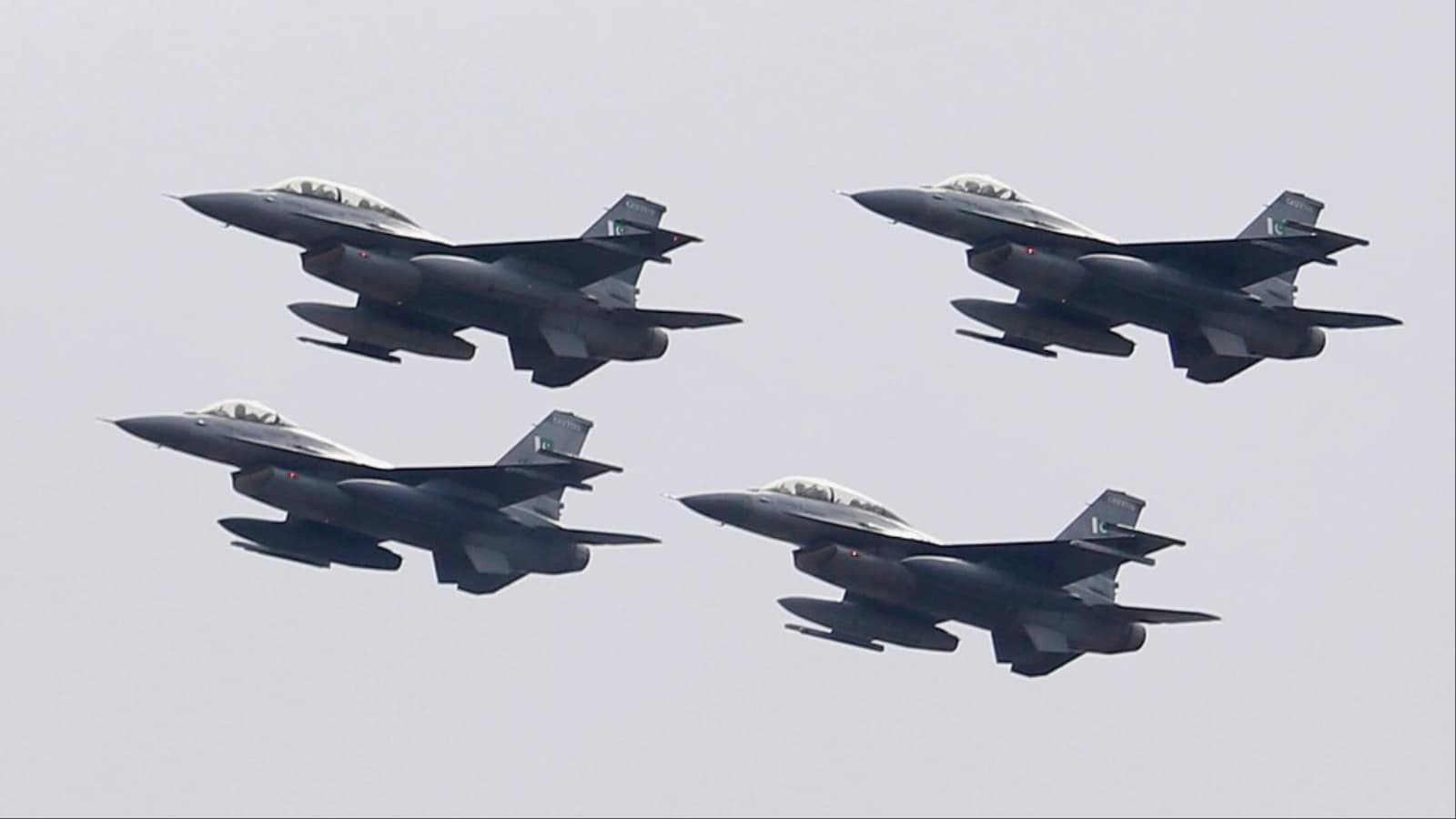ARTICLE AD BOX
Last Updated:June 02, 2025, 18:38 IST
Two of the most important rivers originating in Tibet, the Sutlej and the Brahmaputra, flow not only into India but also onward into Pakistan and Bangladesh.

China has sanctioned construction of what could become the world's largest hydropower station on the Brahmaputra, known as the Yarlung Tsangpo in Tibet.
India’s recent warnings about potentially restricting the flow of Indus River waters to Pakistan have sparked swift diplomatic activity in the neighbourhood. In response, Pakistan turned to China, holding discussions with Chinese experts to explore whether they could apply similar pressure on India by controlling rivers that originate in Tibet and flow into the country.
While such talks signal growing tensions in the region over water resources, experts believe China’s ability to use water as a strategic tool against India is limited, mainly because any drastic action could harm other downstream countries, including Pakistan and Bangladesh.
India had recently hinted at a possible reconsideration of the Indus Waters Treaty with Pakistan, especially in the wake of cross-border tensions following the Pahalgam terror attack on April 22.
Retired defence expert Brigadier Shardendu noted that China may wield water as a strategic lever in wartime scenarios, but its room to maneuver is tightly constrained by geography and geopolitics. Indeed, two of the most important rivers originating in Tibet, the Sutlej and the Brahmaputra, flow not only into India but also onward into Pakistan and Bangladesh. Any large-scale water manipulation by China risks regional blowback, he noted.
Under its 14th Five-Year Plan, China has sanctioned construction of what could become the world’s largest hydropower station on the Brahmaputra, known as the Yarlung Tsangpo in Tibet. The proposed Medog Dam, situated near the so-called Great Bend of the river before it enters India, is designed to generate an estimated 300 billion kilowatt-hours of electricity annually.
While this dam would afford China a level of control over the river’s downstream flow, experts caution against overestimating its utility as a weapon. “Most Chinese dams are run-of-the-river projects," explained water policy researcher Anjali Sharma, adding that they were designed to generate power, not to store water on a scale sufficient for long-term control.
Moreover, no binding bilateral treaty exists between India and China on water-sharing. The two countries operate only on a Memorandum of Understanding (MoU) that mandates the sharing of limited hydrological data on rivers like the Brahmaputra and Sutlej during the monsoon season – from mid-May to mid-October.
The Dibang Dam
In anticipation of potential water-related moves from China, India has accelerated its own countermeasures. Chief among them is the Dibang Multipurpose Project in Arunachal Pradesh. Long delayed over environmental concerns since its initial approval in 2008, the project finally received a green light under the Modi government in 2019. Construction is now underway.
Once completed, the Dibang Dam will rise to 288 metres, making it the tallest dam in India and the eighth largest in Asia. It will generate over 3,000 megawatts of electricity and, more crucially, serve as a buffer against sudden changes in the Brahmaputra’s flow, whether due to natural causes or upstream manipulation.
“This dam is India’s insurance policy," said a senior official in Ministry of Jal Shakti, adding that is has been designed to protect downstream states like Arunachal Pradesh and Assam from both drought and flood scenarios.
Any disruption in the Brahmaputra’s flow would strike at the heart of livelihoods across northeastern states and into Bangladesh. The river supplies 30% of India’s drinking water and powers 44% of its hydropower capacity. In states like Assam and Arunachal Pradesh, entire agricultural cycles depend on its seasonal rhythm.
The Sutlej, too, holds immense strategic value. Known in Tibet as the Langqen Zangbo, it flows through Himachal Pradesh and Punjab. Any restriction on its flow could impact wheat and paddy cultivation, striking at national food security.
In Bangladesh, which lies further downstream, changes in the Brahmaputra’s behaviour, whether reduced flow or sudden surges, could spell ecological disaster.
- Location :
- First Published:
News world Dragon's Dilemma: If China Cuts Water To India, Pakistan And Bangladesh Will Dry Out Too



.png)
.png)
.png)
















 1 day ago
6
1 day ago
6









 English (US) ·
English (US) ·